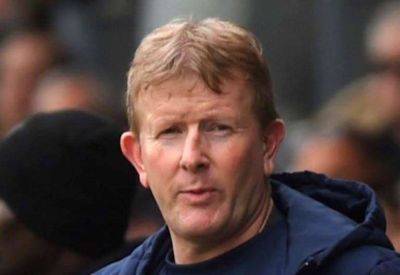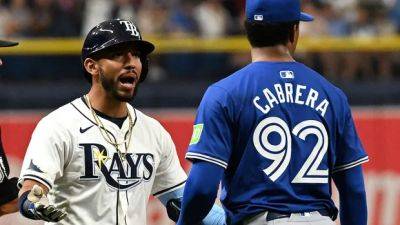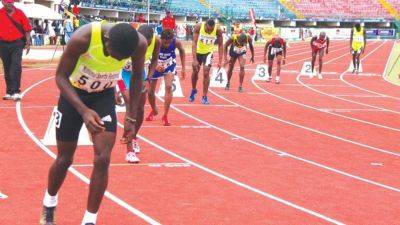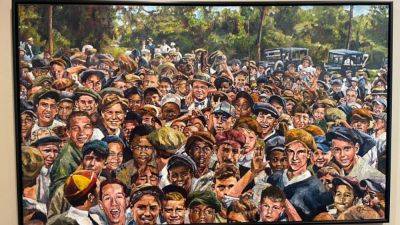50 years later, Tommy John surgery remains a game-changer for MLBers
There is a bridge that runs from Tommy John and Dr. Frank Jobe in 1974, all the way to Shohei Ohtani, Justin Verlander and Bryce Harper. A thread that connects an increasing number of baseball's biggest stars. Mostly on the mound, but at the plate, too.
An operation that changed everything.
Almost 50 years ago, on Sept. 25, 1974, Jobe reconstructed a torn ulnar collateral ligament in John's left arm. It was a pioneering achievement for Jobe and a lifeline for John, who went from a career-ending injury to 14 more years in the majors — and an eponymous connection to sports medicine that would live on long past his playing days.
Tommy John surgery.
"I wouldn't still be standing here if it weren't for a surgery like this," Chicago White Sox pitcher Michael Kopech said. "It's doubled the length of my career."
Alongside arthroscopic surgery and ACL reconstruction, Tommy John is one of the biggest advancements in sports medicine in the last 50 years, according to Dr. Tim Kremchek, a longtime physician for the Cincinnati Reds.
"It [has] just prolonged and saved so many careers," he said. "Not just in baseball, but now for some other sports that we're doing it for so many other athletes, especially overhead athletes. But in terms of baseball, I think it's allowed us to see some of the greatest players in the world continue to play for a long period of time."
The roots of the surgery can be found in Jobe's work at Rancho Los Amigos, a Southern California hospital, where doctors used tendon transfers to help people with polio.
Jobe just applied to same concept to John's elbow. He removed the palmaris longus tendon from John's right arm, drilled four holes in his left elbow and then used the tendon to replace the torn ligament.
"It








